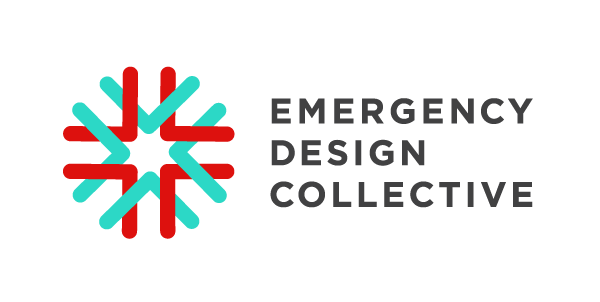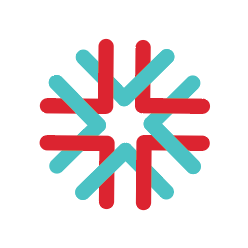72 Hours Later: Getting to Tangible
By Susan Dix Lyons
If the first Zoom conference of the Emergency Design Collective was about herding ideas, the second call was about “getting to tangible.” How do you harness the diverse talent of healthcare providers and designers to prototype and test solutions that are immediately actionable?
The group on the call had expanded to 47, as the number of those patients testing positive in the world topped 400,000 – 100,000 new patients since the first meeting four days earlier.
Organizers presented the game plan: understand, align, act and share. As the collective evolves it becomes clear that mapping the ecosystem of activity is a critical first step. Leadership is decentralized as self-organizing teams focus on discrete challenges. These “rapid, shopping cart sprints” are intended to test and produce solutions in 1-2 weeks. Time is short.
The project list has increased from four to more than 20 as healthcare providers and designers identify urgent needs. The vibe is collegial, energetic, purpose-driven.
“Does anyone think we’re going to have enough ventilators?” asks Douglas Solomon, former CTO of IDEO. No one does.
Solomon shares info on a 2011 ventilator design by MIT students, a mechanical device using a bag ventilator. Christopher Berger, MD, of UCSF quickly offers to review the design. Amanda Sammann, MD, of The Better Lab shares how patients doubled up on ventilators after the Los Vegas mass shooting. Christian Rose, MD, of Stanford talks about how internationally, in low-resource environments, workers bagged patients.
This is how ideas get better.
Other teams take on addressing the shortage of PPE with projects creating DIY masks. A big question: “If everyone needed a mask, what would that look like?” T-shirt material is being tested for filtration as designers investigate how everyday household materials can be used safely and effectively. As COVID moves into the developing world, it’s important to test these DIY methods now.
In real time, the group swaps learnings. Sean Malloy of North York General Hospital in Toronto, Canada talks about the COVID assessment site created at his hospital two weeks ago. “Feels like two years ago,” he says. Malloy, whose hospital has one of the largest Emergency Departments in Ontario, says that his hospital was seeing 300-500 patients a day in a walk-in assembly line model based on Lean principles that proved more efficient than drive-through.
“It’s coming at us so fast we can’t go for ‘Wow,’” he says. “We’ve got to design around efficiency and effectiveness.”
The Google Doc shared with those on the call populated fast as people signed up for project teams, including:
• Improving access to food pantries
• Organizing a student workforce
• Disseminating information for immigrants and people of color
• Information and social support for seniors
• Palliative care and dying
• Health coverage for the newly unemployed
• Helping healthcare workers safely transition to home
We’ll share more about these individual efforts in the coming days.



